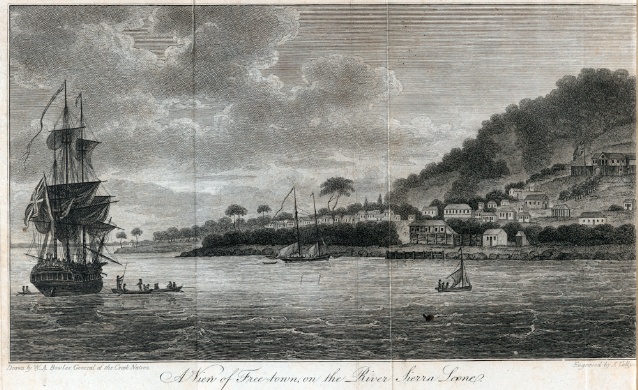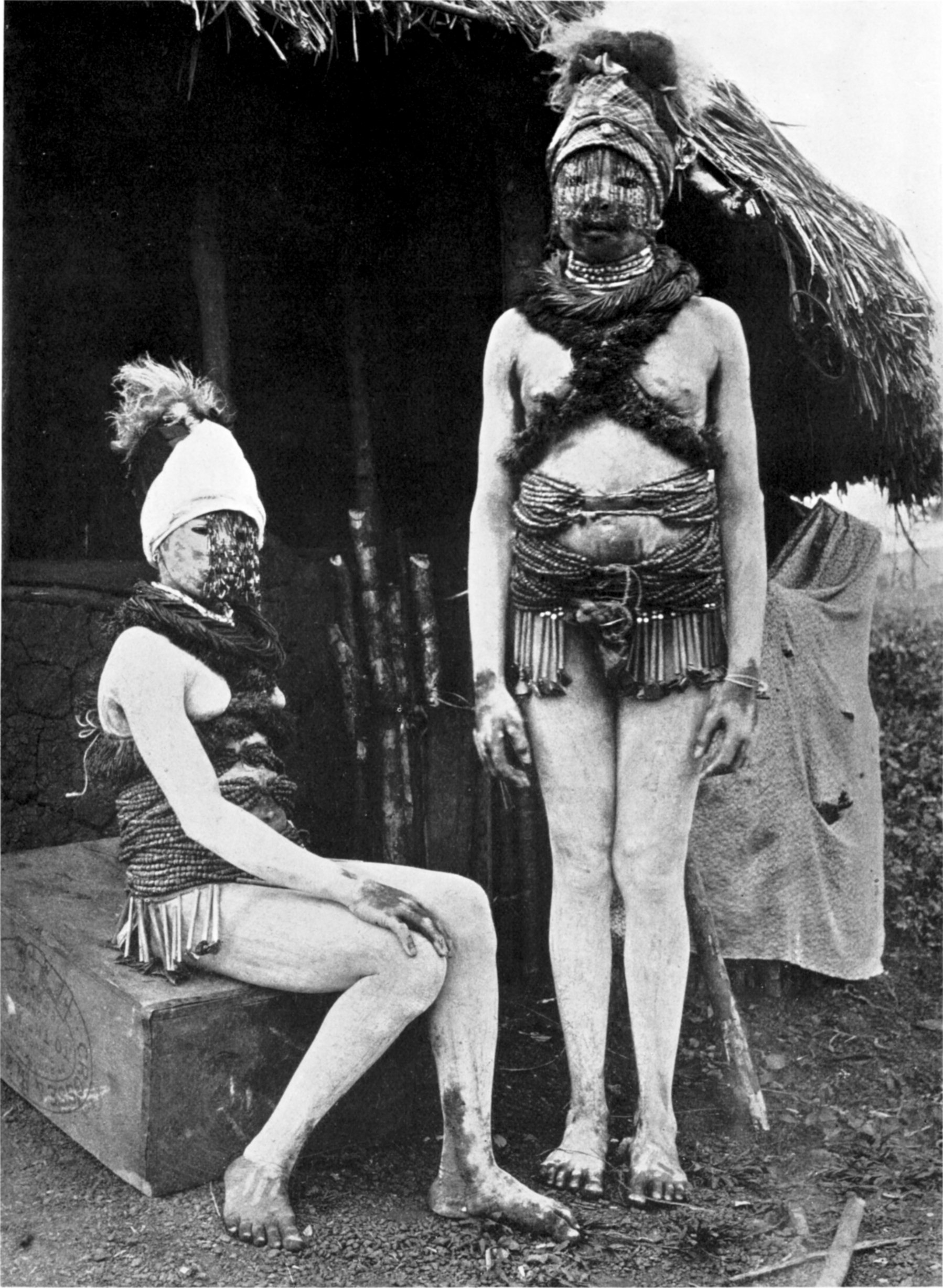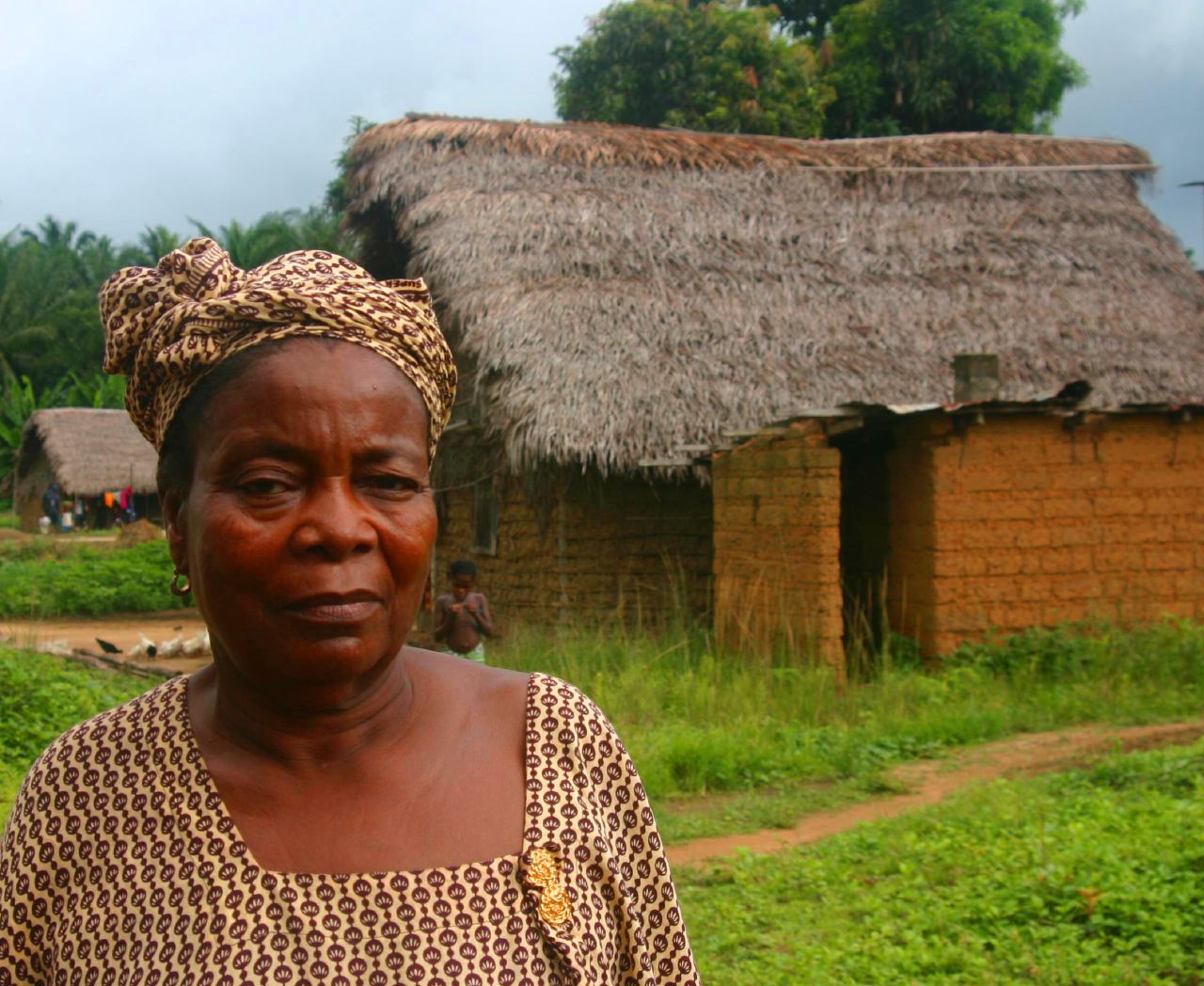|
Kono People
The Kono people (pronounced ''koh noh'') are a major Mande peoples, Mande-speaking ethnic group in Sierra Leone at 5.2% of the country's total population. Their homeland is the diamond-rich Kono District in eastern Sierra Leone. The Kono are primarily diamond miners and farmers. The Kono people speak the Kono language (Sierra Leone), Kono language as their first language and is the most widely spoken language among the Kono people. Many youth from the Kono ethnic group use the Krio language as the primary language of communication with other Sierra Leonean ethnic groups. Unlike many other Sierra Leonean ethnic groups, the Kono people rarely travel outside Eastern Sierra Leone; as a result only few Konos are found in the capital Freetown and in northern Sierra Leone. History The Kono people are the descendants of Mali-Guinean Immigration, migrants who are said to have moved to Sierra Leone and settled in what is now Kono District in the mid-16th century, however there is archaeol ... [...More Info...] [...Related Items...] OR: [Wikipedia] [Google] [Baidu] |
Eastern Province, Sierra Leone
The Eastern Province is one of the four provinces of Sierra Leone. It covers an area of 15,553 km² and has a population of 1,641,012 (2015 census). Its capital and administrative centre is Kenema. Eastern Province, the centre of the country's diamond mining industry, is very mountainous and has two ranges, the Gola Hills and the Loma Mountains. Economy The Eastern Province is the heart of Sierra Leone's diamond mining activity. The precious stone was first discovered in around the 1930s, and has played a major part in the region's history ever since. Most diamonds are mined and exported by small local enterprises, numbering around 200,000 to 300,000; some of these are illegal, while many are officially sanctioned. Additionally, there are a handful of foreign countries carrying out larger scale diamond mining. Geography The Eastern Province borders the Nzérékoré Region of Guinea to the northeast, the Liberian counties of Lofa, Gbarpolu and Grand Cape Mount to the east an ... [...More Info...] [...Related Items...] OR: [Wikipedia] [Google] [Baidu] |
Freetown
Freetown is the capital and largest city of Sierra Leone. It is a major port city on the Atlantic Ocean and is located in the Western Area of the country. Freetown is Sierra Leone's major urban, economic, financial, cultural, educational and political centre, as it is the seat of the Government of Sierra Leone. The population of Freetown was 1,055,964 at the 2015 census. The city's economy revolves largely around its harbour, which occupies a part of the estuary of the Sierra Leone River in one of the world's largest natural deep water harbours. Although the city has traditionally been the homeland of the Sierra Leone Creole people, the population of Freetown is ethnically, culturally, and religiously diverse. The city is home to a significant population of all of Sierra Leone's ethnic groups, with no single ethnic group forming more than 27% of the city's population. As in virtually all parts of Sierra Leone, the Krio language of the Sierra Leone Creole people is Freetown's ... [...More Info...] [...Related Items...] OR: [Wikipedia] [Google] [Baidu] |
Sande Society
Sande, also known as zadεgi, bundu, bundo and bondo, is a women's initiation society in Liberia, Sierra Leone, Guinea and the Ivory Coast. The Sande society initiates girls into adulthood by rituals including female genital mutilation. It is said by its supporters to confer fertility, to instill notions of morality and proper sexual comportment, and to maintain an interest in the well-being of its members throughout their lives. In addition, Sande champions women's social and political interests and promotes their solidarity vis-a-vis the Poro, a complementary institution for men. The Sande society masquerade is a rare and perhaps unique African example of a wooden face mask controlled exclusively by women – a feature that highlights the extraordinary social position of women in this geographical region. Geographic extent The Sande society is found throughout the Central West Atlantic Region, an ethnically plural and linguistically diverse region that lies within the littora ... [...More Info...] [...Related Items...] OR: [Wikipedia] [Google] [Baidu] |
Poro
The Poro, or Purrah or Purroh, is a men's secret society in Sierra Leone, Liberia, Guinea, and the Ivory Coast, introduced by the Mane people. It is sometimes referred to as a hunting society and only males are admitted to its ranks. The female counterpart of the Poro society is the Sande society. Structure The Poro society was part of the culture introduced by Mane people, migrants to the region as early as 1000 AD.Fyfe, Christopher"Weighing the Probabilities."Review: ''Landlords and Strangers: Ecology, Society and Trade in Western Africa, 1000–1630.'' By George E. Brooks. Boulder, CO: Westview Press, 1994. Two affiliated and secret associations exist in Sierra Leone, the Yassi and the Bundu. The first is nominally reserved for females, but members of the Poro are admitted to certain ceremonies. All the female members of the Yassi must be also members of the Bundu, which is strictly reserved to women. In Liberia, the female equivalent of the Poro is the Sande society. ... [...More Info...] [...Related Items...] OR: [Wikipedia] [Google] [Baidu] |
Dry Season
The dry season is a yearly period of low rainfall, especially in the tropics. The weather in the tropics is dominated by the tropical rain belt, which moves from the northern to the southern tropics and back over the course of the year. The temperate counterpart to the tropical dry season is summer or winter. Rain belt The tropical rain belt lies in the southern hemisphere roughly from October to March; during that time the northern tropics have a dry season with sparser precipitation, and days are typically sunny throughout. From April to September, the rain belt lies in the northern hemisphere, and the southern tropics have their dry season. Under the Köppen climate classification, for tropical climates, a dry season month is defined as a month when average precipitation is below . The rain belt reaches roughly as far north as the Tropic of Cancer and as far south as the Tropic of Capricorn. Near these latitudes, there is one wet season and one dry season annually. At the ... [...More Info...] [...Related Items...] OR: [Wikipedia] [Google] [Baidu] |
Rainy Season
The rainy season is the time of year when most of a region's average annual rainfall occurs. Rainy Season may also refer to: * ''Rainy Season'' (short story), a 1989 short horror story by Stephen King * "Rainy Season", a 2018 song by Monni * ''The Rainy Season'', a 1993 album by Marc Cohn * ''The Rainy Season'', a 1999 novel by James Blaylock James Paul Blaylock (born September 20, 1950) is an American fantasy author. He is noted for a distinctive, humorous style, as well as being one of the pioneers of the steampunk genre of science fiction. Blaylock has cited Jules Verne, H. G. Wel ... * ''Rainy Seasons'' (film), a 2010 Iranian film {{disambiguation ... [...More Info...] [...Related Items...] OR: [Wikipedia] [Google] [Baidu] |
Villages
A village is a clustered human settlement or community, larger than a hamlet but smaller than a town (although the word is often used to describe both hamlets and smaller towns), with a population typically ranging from a few hundred to a few thousand. Though villages are often located in rural areas, the term urban village is also applied to certain urban neighborhoods. Villages are normally permanent, with fixed dwellings; however, transient villages can occur. Further, the dwellings of a village are fairly close to one another, not scattered broadly over the landscape, as a dispersed settlement. In the past, villages were a usual form of community for societies that practice subsistence agriculture, and also for some non-agricultural societies. In Great Britain, a hamlet earned the right to be called a village when it built a church. [...More Info...] [...Related Items...] OR: [Wikipedia] [Google] [Baidu] |
Farm
A farm (also called an agricultural holding) is an area of land that is devoted primarily to agricultural processes with the primary objective of producing food and other crops; it is the basic facility in food production. The name is used for specialized units such as arable farms, vegetable farms, fruit farms, dairy, pig and poultry farms, and land used for the production of natural fiber, biofuel and other commodities. It includes ranches, feedlots, orchards, plantations and estates, smallholdings and hobby farms, and includes the farmhouse and agricultural buildings as well as the land. In modern times the term has been extended so as to include such industrial operations as wind farms and fish farms, both of which can operate on land or sea. There are about 570 million farms in the world, most of which are small and family-operated. Small farms with a land area of fewer than 2 hectares operate about 1% of the world's agricultural land, and family farms comprise about ... [...More Info...] [...Related Items...] OR: [Wikipedia] [Google] [Baidu] |
Kuranko People
The Kuranko, also called Koranko, Kolanko, Kooranko, Koronko, Kouranko, Kulanko, Kurako, Kuronko, Kuranké, or Karanko, are a Mande people living in Guinea and Sierra Leone. The Koranko occupy a large section in a mountainous region within northeastern Sierra Leone and southern Guinea. Within this geographical region, different dialects, as well as distinct social groupings can be found. In general, the Koranko are a peaceful people who have maintained a separate ethnic identity, despite years of tribal mixings. Each Kuranko village is led by a chief and a group of elders. The Koranko speak the Kuranko language (or Koranko), a dialect of the Mande branch of the Niger–Congo language family. The Kuranko are nominally an Islamic people, but many people in this isolated area still follow traditional religious beliefs, identifying as Muslim without adhering to all the strict protocols of that religion. The Kuranko speak a language similar to the Manding languages, and their langua ... [...More Info...] [...Related Items...] OR: [Wikipedia] [Google] [Baidu] |
Refugee
A refugee, conventionally speaking, is a displaced person who has crossed national borders and who cannot or is unwilling to return home due to well-founded fear of persecution.FAQ: Who is a refugee? ''www.unhcr.org'', accessed 22 June 2021 Such a person may be called an until granted by the contracting state or the |
Mende People
The Mende are one of the two largest ethnic groups in Sierra Leone; their neighbours, the Temne people, constitute the largest ethnic group at 35.5% of the total population, which is slightly larger than the Mende at 31.2%. The Mende are predominantly found in the Southern Province and the Eastern Province. The Mende are mostly farmers and hunters. Some of the major cities with significant Mende populations include Bo, Kenema, Kailahun, and Moyamba. Like a majority of African nations, Sierra Leone's political parties are often tied to specific ethnic groups and have been dominated by the Mende, on the one hand, and the Temne and their long-time political allies, the Limba people (Sierra Leone), Limba, on the other. The Mende are known to typically support the Sierra Leone People's Party (SLPP), while the Temnes and Limbas are associated with the All People's Congress party (APC). History Regional warfare throughout the 19th century led to the capture and sale of many M ... [...More Info...] [...Related Items...] OR: [Wikipedia] [Google] [Baidu] |
Hunters
Hunting is the human practice of seeking, pursuing, capturing, or killing wildlife or feral animals. The most common reasons for humans to hunt are to harvest food (i.e. meat) and useful animal products (fur/ hide, bone/tusks, horn/antler, etc.), for recreation/taxidermy (see trophy hunting), to remove predators dangerous to humans or domestic animals (e.g. wolf hunting), to eliminate pests and nuisance animals that damage crops/livestock/poultry or zoonosis, spread diseases (see varmint hunting, varminting), for trade/tourism (see safari), or for conservation biology, ecological conservation against overpopulation and invasive species. Recreationally hunted species are generally referred to as the ''game (food), game'', and are usually mammals and birds. A person participating in a hunt is a hunter or (less commonly) huntsman; a natural area used for hunting is called a game reserve; an experienced hunter who helps organize a hunt and/or manage the game reserve is known as ... [...More Info...] [...Related Items...] OR: [Wikipedia] [Google] [Baidu] |








